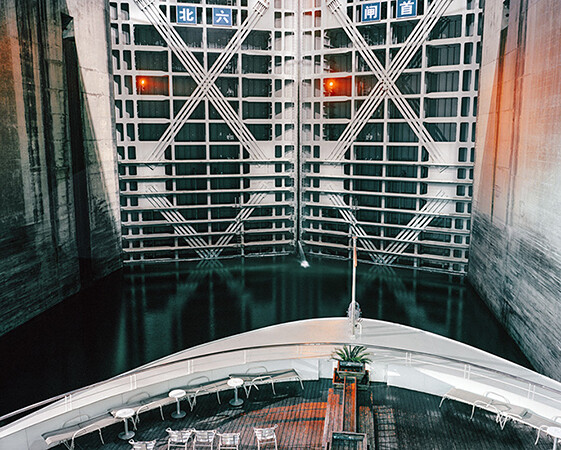July 7–September 24, 2016
Opening: July 7, 2016, 5–9pm
Praz-Delavallade
5, rue des Haudriettes
75003 Paris
With Mustafah Abdulaziz, Pierre Ardouvin, Rana Begum, Kadar Brock, Micky Clément, Petra Collins, Sam Durant, Antoine Espinasseau, Harry Gruyaert, Nils Guadagnin, Laurent Kronental, Thomas Lélu, Joep van Lieshout, Thomas Mailaender, John Miller, Robert Montgomery, François Morellet, Julien Nédélec, Amanda Ross-Ho, Viviane Sassen, Tony Stamolis, Thomas Struth, Juergen Teller, Ed Templeton, Thomas Vergne, Adrien Vescovi, Johannes Wohnseifer, Guy Yanai
Group show curated by Clémence Duchon & Flavie Loizon
Re-enchanting the town. Learning how to be amazed. Looking reality in the eye. Showing those urban zones that are the subject of so many fantasies, but all too rarely in the spotlight for their social and cultural treasures. Highlighting movements that are looked down upon at first, before they become a reference. Encouraging so-called high culture and popular cultures to meet. Exploring interactions between the urban environment and surrounding nature. Between a reality that alienates and the lyrical digressions of our individual or collective imagination. Being just as fascinated by the essence of a teeming city, as by the calm of the tropical jungle at dawn. Pushing back the limits. Challenging preconceived ideas. Blurring the boundaries. Exploring all the possibilities of the town and its suburbs—these are just some of the exhibition’s objectives..
This show brings together artists who call into question those systems that in art organize a hierarchy of materials and urban zones. These artists have set up their studios in the suburbs, by choice or for financial concerns, and their surroundings are often at the very core of their artistic practice. They exhibit their work successively in neighbourhood art centers and prestigious locations at the heart of the metropolis. They work with poor materials as opposed to more noble ones. They question volumes and the place of art in the public space by bringing it face to face with its problematics, not just artistic, but also architectural or sociological. These artists modify our vision of the town and encourage us to make an aesthetic judgement on things that were previously likened to a pollution of the senses. They extol the virtues of street culture in various prominent places of popular culture, from Paris to Los Angeles, via Amsterdam, Tel Aviv and Berlin. They contribute to an aestheticization of the urban space and reveal a new form of beauty associated with the town, now a valid artistic material.
What imaginary worlds do the materials used evoke? Does the final aspect of a material depend on the choice of medium? How is it possible to defy the codes associated with a given medium? Should the artist position him/herself in a dominant or a subordinate position with regards to the material? What is the role of the gesture? Why choose one material rather than another? Why challenge a value system established around materiality that varies depending on where and when you are? The value of materials also evolves in the same way, fluctuating between precious and poor, noble and ignoble, sacred and vile. Arte Povera, Land art, Outsider art, Minimalism, readymades and the Situationists, to name but a few, have constantly made use of materials which artists had previously neglected, either for aesthetic reasons, because of their inherent properties or social conventions, which change how we perceive certain materials. The exhibition also claims to showcase such artistic, political and social behaviours as the fact of giving value to something that was previously without value or granting a power of seduction and the right to question to materials that were devoid of these capacities. As this approach addresses materials, it extends in consequence to any resulting buildings, to town planning and to the social dimension of these urban zones that lie outside the white cube gallery space. Part art, part sociology. As part of the policies of successive governments developed to tackle urban problems in terms of inequalities, poverty and security etc., numerous art centers and artists’ residencies have sprung up in areas that are defined as urban wastelands. The prevailing atmosphere on the outskirts of our cities intrigues, becoming a subject of conversation and a source of inspiration. The inner city has rarely caused such feelings of fear, but paradoxically it has never been the subject of so many fantasies. Although the suburb is a literal mine of aesthetic references, dubbed as such by the big shots of mainstream culture, these working class districts are all too often abandoned. This exhibition is the chance to give people who have first hand knowledge of the suburbs a chance to speak and to show the suburbs in a different light—to present the vision of people who have managed to tame these unknown territories. It represents a desire to exhibit all things of beauty, whether in Paris, the suburbs or elsewhere. It is a postmodern re-enchantment. It’s the whole world or nothing at all.
–Clémence Duchon
For all inquiries please contact Clémence Duchon: clemence [at] praz-delavallade.com, Flavie Loizon: flavie [at] praz-delavallade.com or T +33 1 45 86 20 00


